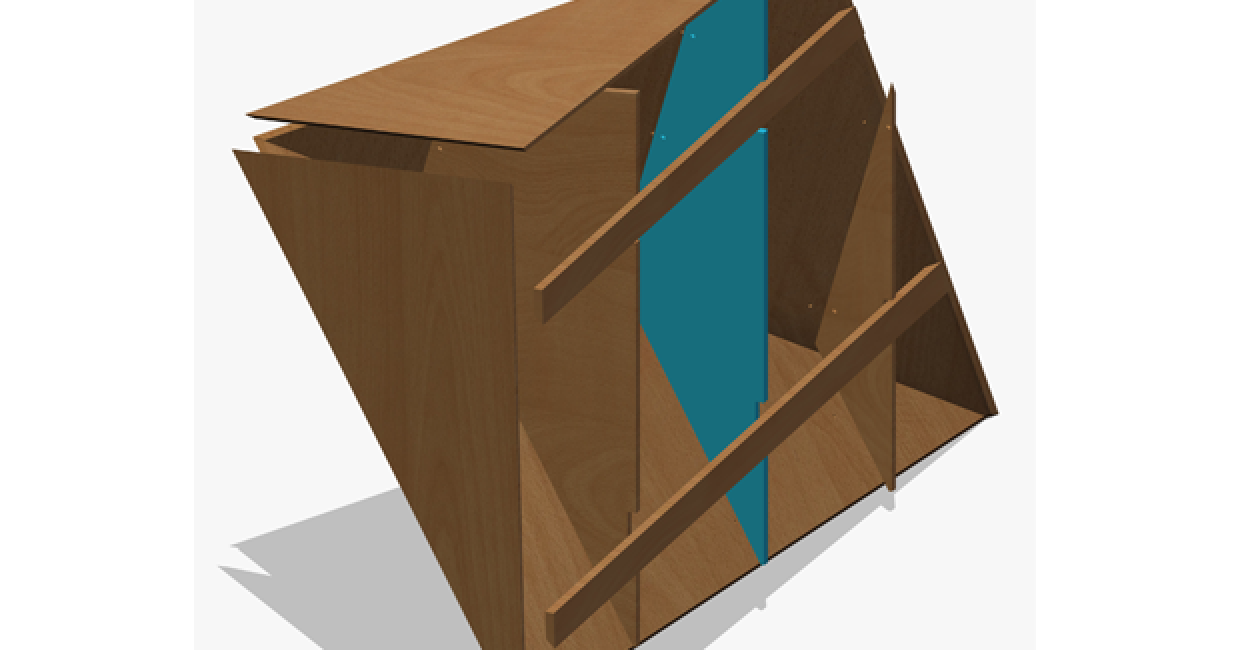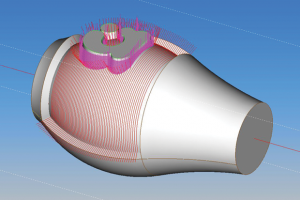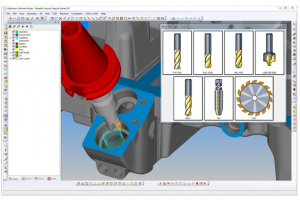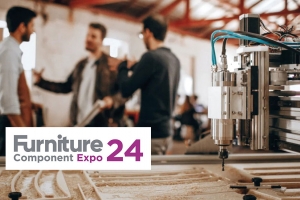Alphacam, an industry-leading software solution for the woodworking industry, now contains a new concept for machining technical STL files.
The Alphacam STL-Hans functionality converts difficult-to-use STL-files into a simple template for CNC machining by allowing the user to identify and convert the areas of STL-files for multiplane routing, drilling and sawing operations.
Traditionally, CAD programs which have their focal point on a photo-realistic rendering can often output simple parts to the machine shop, but do not have the same capability for high level design parts. For this, they use 3D STL as their default output, plus other formats such as Google SketchUp and Autodesk Studio 3D.
Alphacam general manager, Nick Spurrett, says it is difficult to machine wood to the level required for most furniture and exhibition stands when using STL files as they only define a raw unstructured triangulated surface.
“This doesn’t provide the exact details required for real edges which would normally be used to drive the CNC. It provides manufacturers with something which looks like a 3D model of their part, but doesn’t provide support for programming in a way that is suitable for cutting wood.
“Everyone who’s tried to mill, drill or saw from STL files knows how difficult it is, and often resort to generating a new geometrical model of the part.”
However, the STL-Hans functionality developed by Licom Germany, overcomes those issues by quickly creating accurate CNC programs from STL files. It converts the triangles into supporting edges for three- to five- axis CNC programming, along with drilling and sawing support.
International exhibition stand manufacturer, D4 Projekt, recently used the software to create components for a 3D cover aimed at attracting people to their customer’s stand.
Designed in Pytha 3D CAD software, the components were progammed with Alphacam STL-Hans and machined on a Felder Group Format-4 five-axis machine.
After the parts were separated and set into the machining position, single mouse clicks define the manufacturing zones, and the STL data is converted into areas dedicated to CNC routing, drilling, and edges for saw cuts.
With the process entirely automated, no construction planes or additional calculations were needed to produce multi-plane 2.5D operations. Once the machining plan was generated, the user-specific Alphacam Styles automatically create the relevant toolpaths, adding tool data and machining methods to the detected edges, producing ready-to-use NC code.
It took just three minutes for STL-Hans to program the part, with the machining taking a further three minutes.
W verosoftware.com
W alphacam.com
W d4projekt.de













